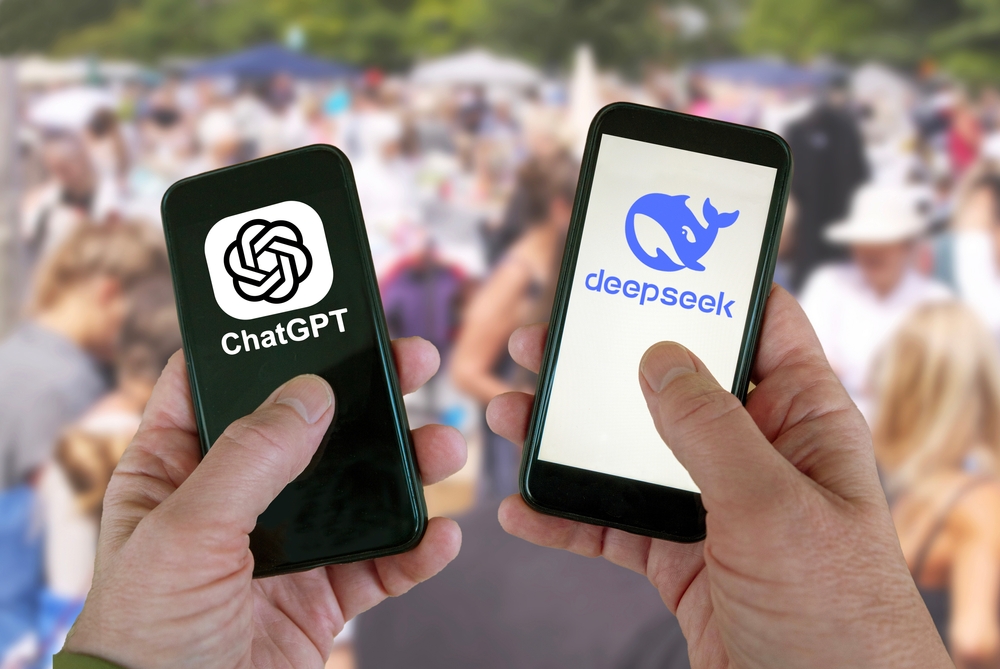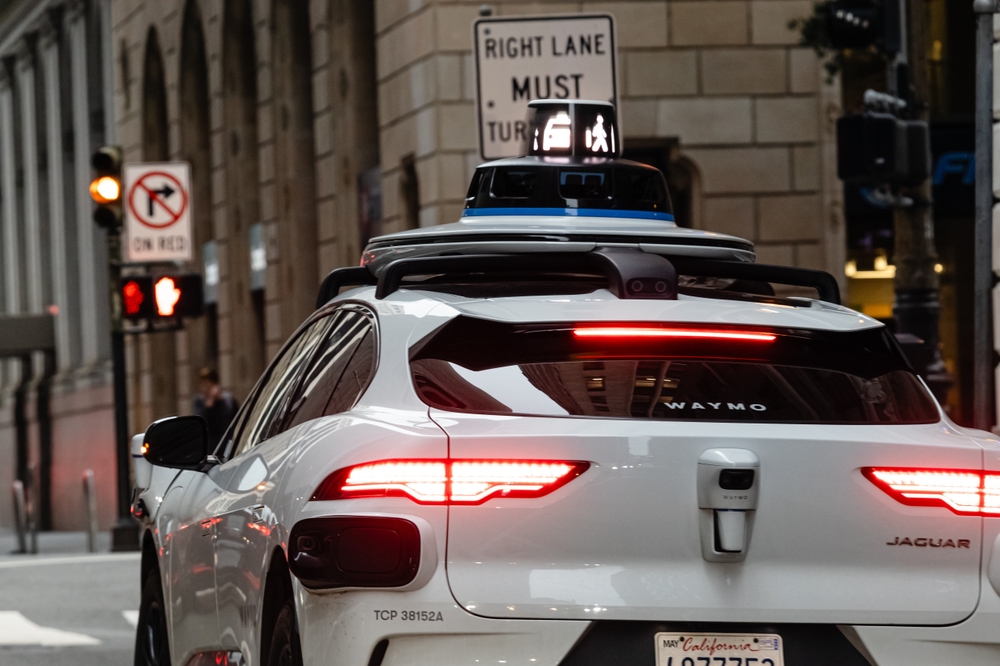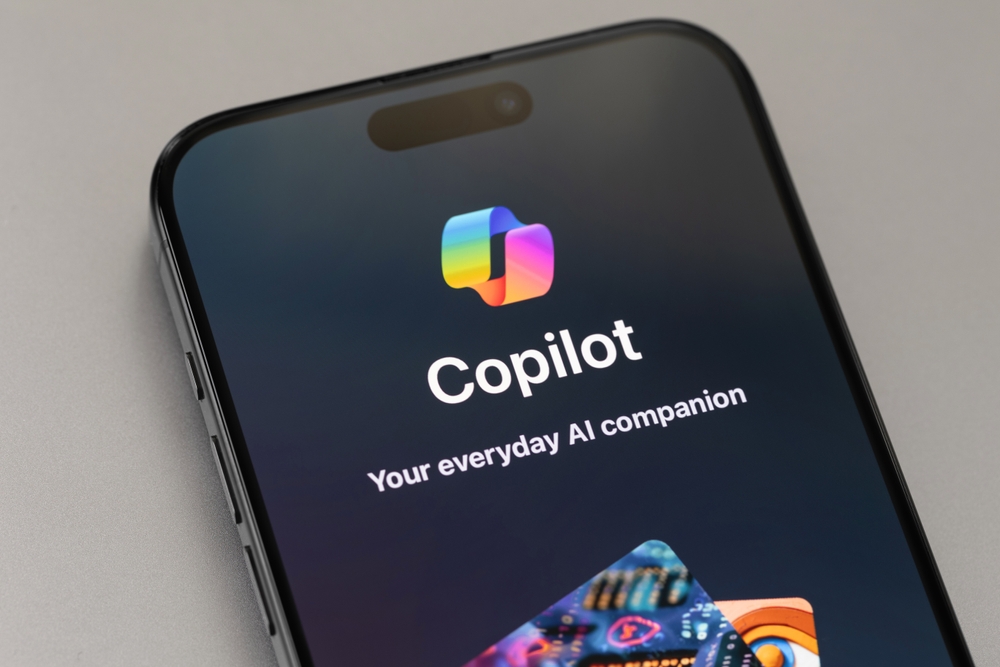I read and write frequently about artificial intelligence, and sometimes it’s difficult to keep all the different systems straight. To make things easier, I created a reference table for myself. Then it occurred to me — others might also find value in a clear snapshot of the major AI models, who owns them, and how widely they’re used.
The following report, “AI Model Market Share and Usage: 2025 Snapshot”, was originally generated by Perplexity, and then I refined it with ChatGPT.
It highlights market share and monthly active users (MAUs) for leading AI models as of August 2025, based on data from Statcounter, Litslink, FirstPageSage, AffiliateBooster, and Enlyft. It’s worth noting that market share percentages reflect browser-based AI assistant usage, which doesn’t always line up directly with active user counts across apps and platforms.
The AI Market Leaders
ChatGPT (OpenAI / Microsoft)
- Market Share: 82.7%
- MAUs: 800–900 million
ChatGPT continues to dominate the AI market by a wide margin, thanks to its integration across ChatGPT apps, Microsoft Copilot, and the broader Microsoft 365 ecosystem. Its user base remains massive and sticky, with both casual and enterprise adoption.
Perplexity AI
- Market Share: 8.1%
- MAUs: ~110 million
Perplexity has carved out a strong niche with its search + AI hybrid model, positioning itself as the “answer engine” alternative to traditional search engines. While smaller than ChatGPT, its rapid growth shows demand for specialized AI experiences.
Microsoft Copilot
- Market Share: 4.6%
- MAUs: ~80 million
Copilot is embedded across Microsoft 365, GitHub, Windows, and Edge, making it a strong second pillar in Microsoft’s AI strategy. Although its standalone share is smaller, its enterprise reach ensures steady adoption.
Gemini (Google)
- Market Share: 2.2%
- MAUs: ~400 million
Despite a small share of browser-based AI use, Google’s Gemini benefits from its integration into Search, Workspace, and Android devices, giving it one of the largest raw user counts. The discrepancy highlights the difference between direct AI assistant usage and embedded AI features.
Emerging Challengers
DeepSeek
- Market Share: 1.6%
- MAUs: Unknown
A rising player out of China, DeepSeek is gaining visibility but hasn’t released consistent usage data yet. Watch this space.
Claude (Anthropic)
- Market Share: 0.9%
- MAUs: ~50 million
Claude has attracted a loyal following, particularly in enterprises that value AI safety and transparency. While smaller in reach, Anthropic positions itself as the responsible AI alternative.
Llama (Meta AI)
- Market Share: ~16.9%*
- MAUs: ~1 billion*
Meta’s Llama model powers AI features across Facebook, Instagram, Messenger, WhatsApp, and even Ray-Ban smart glasses. These numbers are staggering, but many of the counted users are passive users interacting with AI indirectly, not through direct queries like ChatGPT.
The Unknowns
Several other players are active in the space but have yet to release reliable adoption data:
- Stable Diffusion (Stability AI): Popular in image generation, but market penetration is hard to measure.
- Firefly (Adobe): Strong creative integration but usage data is scarce.
- Cohere (Command / Rerank): Enterprise-focused with limited public adoption figures.
- Veo (Google / DeepMind): Emerging in video generation.
- xAI (Elon Musk): Hyped but still a mystery in terms of reach.
AI Comparative Table
For those who appreciate their statistics in a more visual format, I also had Perplexity generate a table:

Key Takeaways
- ChatGPT rules the market, with over 80% share and close to a billion monthly active users.
- Perplexity and Claude punch above their weight, showing there’s room for specialized alternatives.
- Microsoft and Google benefit from deep integration in productivity tools and devices, even if their direct assistant shares appear modest.
- Meta’s AI is verywhere, but its numbers highlight the difference between embedded reach and active assistant usage.
The AI landscape is still evolving—and fast. By this time next year, market share may look very different as competition heats up, especially in enterprise adoption, mobile integration, and multimodal AI experiences.
Want to learn more? AI has been a subject of my writing for several years, and CGNET has offered AI user training and implementation for both large and small scale organizations. I would love to answer your questions! Please check out our website or drop me a line at g.*******@***et.com.





0 Comments